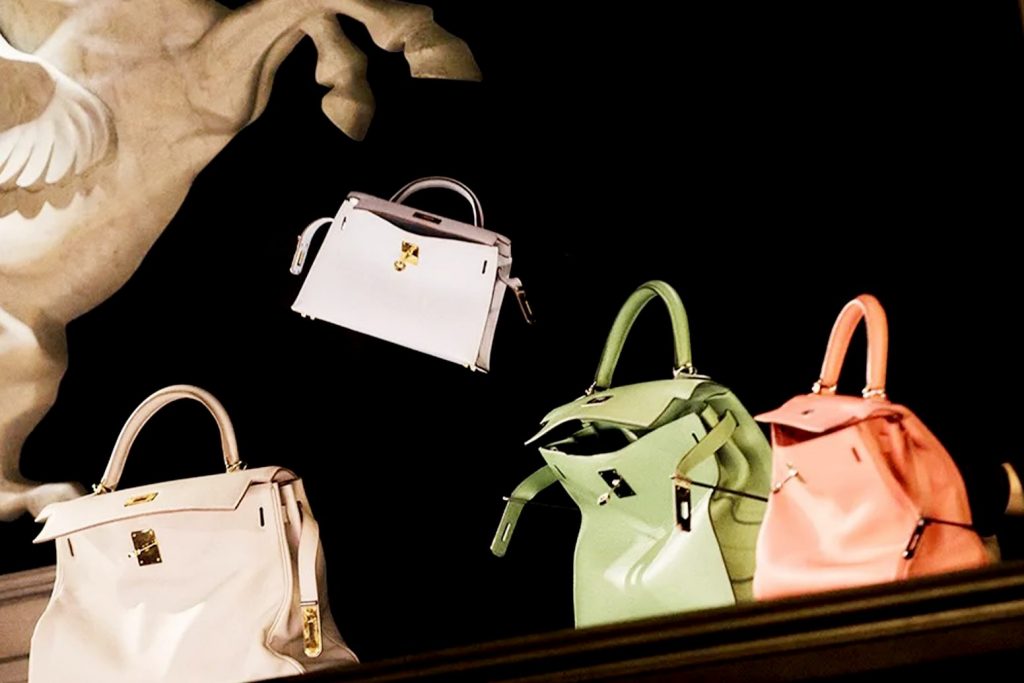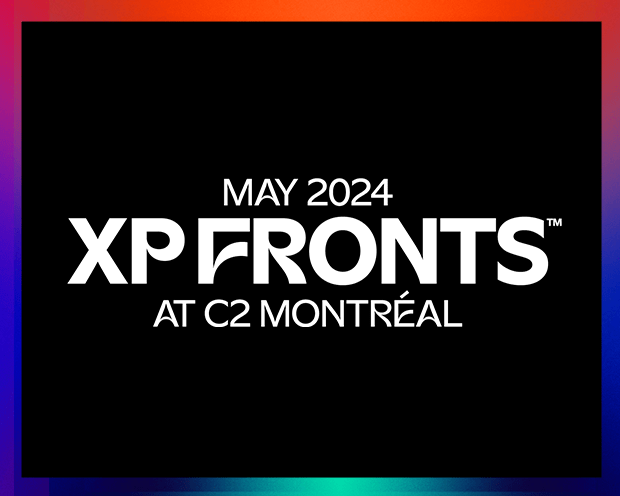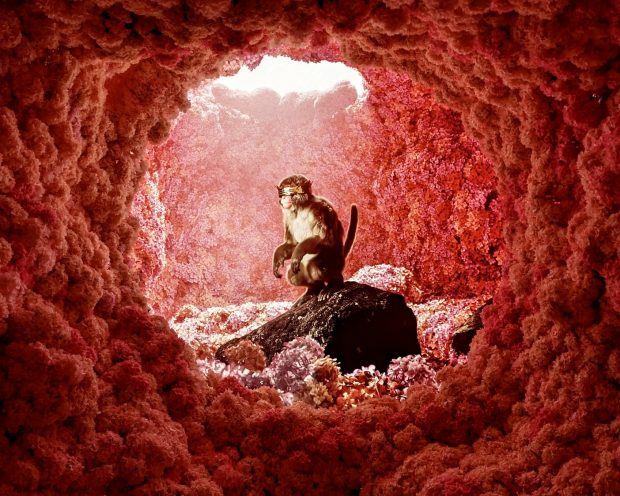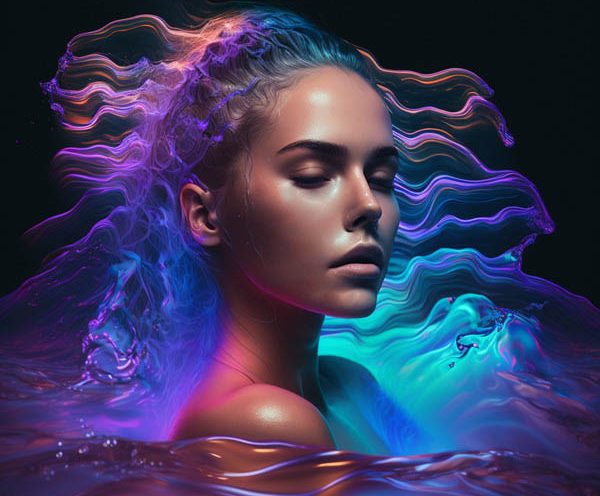Luxury Brands: Experiential’s New Mavericks of Storytelling

The scene was spellbinding: ice skating through the steam of a frozen pond, country animals out to pasture, even tightrope walking in a circus big top. This spectacle wasn’t just another event, it was a master class in experiential marketing — without the marketing.
Last summer, “On the Wings of Hermès” unfolded at Santa Monica’s Barker Hangar. Over eight days and 24 performances, this free, immersive production enchanted attendees. The show was born out of the Greek mythology of Pegasus, an immortal winged horse, and this newest chapter — crafted by the storied French luxury brand Hermès — revealed that Pegasus had seven foals, all seeking lightness so they might grow their wings and fly.
Visitors were treated to seven distinct vignettes on meticulously crafted sets featuring a lofted screen. Live performances within these miniature stages were simultaneously filmed and projected overhead, blending the real with the virtual. Stagehands disappeared from the screen, turning the space into a front-row cinematic experience that transcended traditional boundaries through expert framing and theatrical illusions.
“On the Wings of Hermès” epitomized brand storytelling, turning what could have been just another promotional event into a genuine artistic experience, engaging guests without the looming air of a marketing stunt. This is part of a broader trend among luxury heritage brands, which are increasingly implementing high-caliber, globally touring productions that are free and open to the public.
These events are more akin to museum exhibitions than the average marketing activation.
Consider the transformation within the world of fashion exhibitions, from the Metropolitan Museum of Art’s record-breaking “Alexander McQueen: Savage Beauty” to the interactive, sensory-rich “Heavenly Bodies” and its colossal 1.6 million visitors in 2022. Fashion exhibitions are becoming experiences in their own right, innovatively blending art and commerce.
Beyond the museum experience, these exhibitions are increasingly produced within other cultural spaces or as stand-alone experiences. In 2019, Louis Vuitton mounted X, a sprawling, months-long exhibition merging the art and commerce of premium design. Featuring 180 objects and an impressive roster of artist collaborations, it was a “dialogue between past and future, heritage and modernity, savoir-faire and innovation.” X was staged in Beverly Hills on Rodeo Drive — and successful enough that the planned three-month run was extended for nearly two more.
Three years later, Louis Vuitton followed up with 200 Trunks, 200 Visionaries, a reimagining of LV’s iconic, logo-emblazoned steamer trunk by 200 collaborators including architect Frank Gehry, makeup artist Dame Pat McGrath, filmmaker Michel Gondry, rapper Drake and LEGO. That same year Veuve Clicquot’s Solaire Culture was a celebration of female creativity, both of the brand’s founder, Madame Clicquot, and contemporary artists such as Yayoi Kusama, Monique Frydman, Tacita Dean and Moyoco Anno. The recent Gucci Cosmos, from artist and XLISTER Es Devlin, continued the trend of centering creativity and artistry through her immersive multimedia environments.
Launched in 2014 within Harrods, the iconic British department store, Pradasphere was a retail-first exhibition of Miuccia Prada’s “inspirations and obsessions.” Nearly a decade later, Pradasphere II debuted as an experiential event with a side of shopping. Presented at Shanghai’s Start Museum, Pradasphere II expanded on the original vision by increasing its volume of artifacts (many shown for the first time), adding historical context, creating immersive environments and introducing multimedia and interactive details including a bespoke soundscape. Separate from the main event, the gift shop was attached to an artisan workshop and positioned within a repurposed railcar — a supplemental feature rather than the core attraction.

Similarly, “On the Wings of Hermès” pushed the envelope by removing the shopping element entirely, using the brand’s products merely as props within the broader narrative.
The show was conspicuously absent from Hermès’ social media, emphasizing its pure storytelling intent, a strategy mirrored by the brand’s avoidance of traditional marketing departments. Other luxury brands are quickly adopting this less-is-more approach.
In the Best Global Brands 2023 report by valuation firm Interbrand, Hermès sits at 23rd and is the second most valuable luxury brand in the world. With a current cap of nearly $250B, Hermès doesn’t have a marketing department. According to Forbes journalist Susan Adams, “Why should it? McKinsey doesn’t have a consulting department nor does Microsoft have a software department. Marketing is Hermès’ core business.”
Hermès CEO Axel Dumas describes it this way: “Our business is about creating desire. It can be fickle because desire is fickle, but we try to have creativity to suspend the momentum.”
Fellow luxury brand LVMH recently inaugurated “22 Montaigne,” a division dedicated to cultivating the stories of its 70 brands, emphasizing the narrative as the heart of cultural creation. Referring to those brands as “houses,” Anish Melwani, head of LVMH North America, stated, “At LVMH, we see each house as a house of stories, a distinctive creator of culture.”
Storytelling has always been integral to brands, but luxury enterprises are evolving by making experiential productions a foundational part of their ecosystems and using experiences to further merge marketing and entertainment. As marketing becomes less explicit and more creatively driven, branded experiences are the new hubs of art and culture. It’s a market shift with an experiential North Star.

And even haute couture is entering this experiential realm.
In January, John Galliano presented the Maison Margiela Spring/Summer 2024 Artisanal collection during Paris Fashion Week as a hybrid experience consisting of a live choir performance, short film, and immersive-theatre-meets-fashion-runway show. Additionally, Maison Margiela’s latest Artisanal collection was presented under the Parisian arches of Pont Alexandre III, blending live performances, cinema and fashion into an immersive narrative spectacle that resonated with the theatrical flair seen in productions like “Sleep No More.”
Luxury brands are redefining engagement through these immersive, narrative-rich experiences that transcend traditional marketing, creating emotional connections and profoundly shaping cultural discourse. This paradigm shift shows that the allure of luxury is no longer tethered merely to exclusivity or opulence, but to the captivating stories brands weave and the cultural dialogues they inspire.
“On the Wings of Hermès” was charming, lyrical, surreal, and poetic. It was remarkable entertainment, savvy marketing and art for art’s sake — simultaneously.
Join us in XP Land. A community for experiential creatives and experience-makers, brand leaders and IP-owners, space stewards and venue visionaries — all of those in the business of epic gatherings and live, immersive storytelling.


